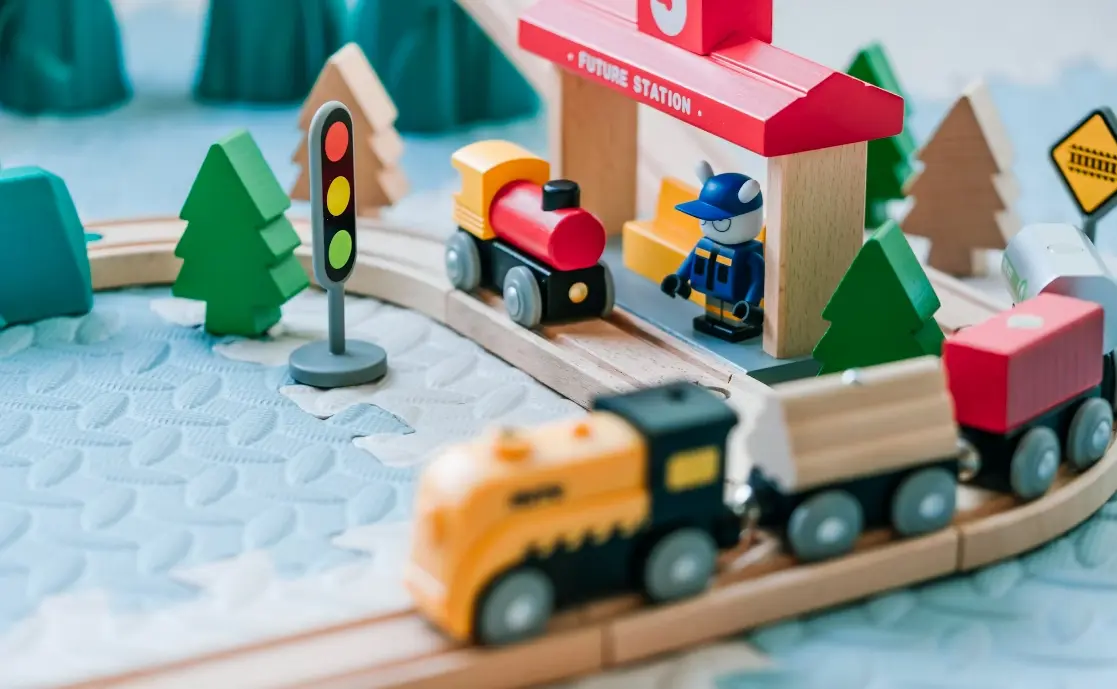
How much does the ASTM F963-23 toy testing cost?
On January 18, 2024, the U.S. Consumer Product Safety Commission (CPSC) approved ASTM F963-23 as the mandatory toy safety standard under 16 CFR 1250, effective April 20, 2024.
ASTM F963-23 Toy Testing Costs:
China's JJR Laboratory, an IEC 17025 accREDited laboratory, charges between $420 and $570 for astm f963-23 testing. Located in China, we can help clients save 30% on testing costs.

The new ASTM F963-23 standard includes revisions in several areas such as heavy metals, phthalates, sound-producing toys, battery accessibility, expanding materials, and traceability labels. Specific revisions include:
01. Substrate Heavy Metals
1. Separate descriptions for exemptions to make them clearer.
2. Additional rULes for determining accessibility, clarifying that paint, coatings, or electroplating are not considered non-accessible barriers. Also, any fabric-covered toy or part smaller than 5 cm, or fabric that cannot prevent internal component access through reasonable use and abuse testing, is not considered a non-accessible barrier.
02. Phthalates
Revised requirements for phthalates, limiting eight specific phthalates in accessible plasticized materials to no more than 0.1% (1000 ppm), aligning with federal regulation 16 CFR 1307:
- Di(2-ethylhexyl) phthalate (DEHP)
- Dibutyl phthalate (DBP)
- Benzyl butyl phthalate (BBP)
- Diisononyl phthalate (DINP)
- Diisobutyl phthalate (DIBP)
- Dipentyl phthalate (DPENP)
- Dihexyl phthalate (DHEXP)
- Dicyclohexyl phthalate (DCHP)
03. Sound-Producing Toys
1. Revised definition of sound-producing push-pull toys, providing clearer distinctions between push-pull toys and table, floor, or crib toys.
2. Added abuse testing requirements for sound-producing toys for children over 8 years old, specifying that toys for children under 14 must meet sound requirements before and after use and abuse testing, with toys for children aged 8-14 following the 36-96 month age group's use and abuse testing requirements.
04. Toys with Batteries
Increased requirements for battery accessibility:
1. Abuse testing for toys for children over 8 years old.
2. Fasteners on battery compartments must not come loose after abuse testing.
3. Special tools provided to open battery compartments must have instructions reminding consumers to keep the tool for future use, store it out of children's REACH, and clarify that it is not a toy.
05. Expanding Materials
1. Revised scope to include expanding materials that are not small parts.
2. Corrected size tolerance errors in testing specifications.
06. Projectile Toys
1. Removed previous storage environment requirements for temporary projectile toys.
2. Reorganized clauses for better logical coherence.
07. Labeling
New traceability label requirements for toy products and their packaging, including:
1. Manufacturer or private labeler name.
2. Production location and date.
3. Detailed manufacturing information such as batch or run numbers or other identifying features.
4. Any additional information that helps identify the product's specific origin.
08. Instructions
For special tools provided to open battery compartments:
1. Remind consumers to keep the tool for future use.
2. Indicate that the tool should be stored out of children's reach.
3. Clarify that the tool is not a toy.
All toys exported to the U.S. must comply with the ASTM F963 toy safety standard. China's JJR Laboratory has years of experience in toy safety regulation testing, capable of testing against standards from China, the EU, the U.S., Canada, New Zealand, and more, helping companies address compliance risks and successfully enter the market!
Email:hello@jjrlab.com
Write your message here and send it to us
 What Are the Testing Items of California Propositi
What Are the Testing Items of California Propositi
 E-Cigarette EU TPD Testing
E-Cigarette EU TPD Testing
 Testing Certification for E-cigarettes Exported to
Testing Certification for E-cigarettes Exported to
 What is Amazon US CPC Certification?
What is Amazon US CPC Certification?
 UK Toy Safety Regulation Standard EN 71-13
UK Toy Safety Regulation Standard EN 71-13
 What is EU UFI Registration?
What is EU UFI Registration?
 EU UFI Registration for E-cigarette E-liquid
EU UFI Registration for E-cigarette E-liquid
 How to get the MSDS Report for Electronic Cigarett
How to get the MSDS Report for Electronic Cigarett
Leave us a message
24-hour online customer service at any time to respond, so that you worry!




